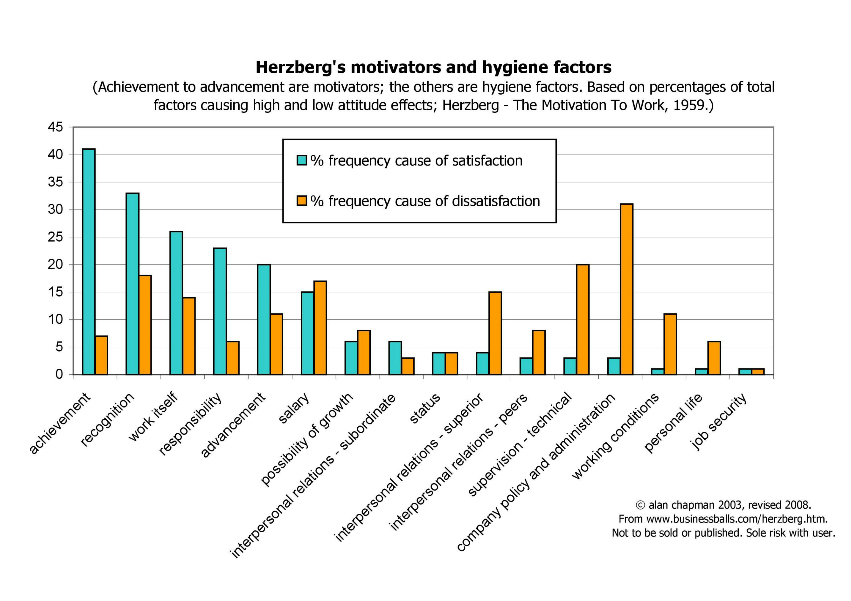Make me present to a room full of executives and I’m OK. But give me a team to manage and I want to run a mile in the other direction. Well, that’s how I used to feel. Despite being a “people person”, managing staff was a really scary part of my early career. And it’s no wonder. The pressure on a manager can be immense.
Studies show…
…that 75% of people who voluntarily leave their jobs don’t quit their jobs; they quit their bosses (from Social Knows). Gallup’s worldwide study of 142 countries in 2012 found a staggering 87% of workers were not engaged or were actively disengaged.
And if you’re the business owner, your business’ success can depend heavily on a well-performing engaged workforce. Dale Carnegie Training quotes that $11 billion is lost annually in the U.S. due to employee turnover (Source: U.S. Bureau of National Affairs) and that companies with engaged employees outperform those without by up to 202%.
Whilst Australia-specific statistics are not freely available, it’s likely that the trends are similar. Add to that our many and complicated laws relating to employees, including but not limited to, Fair Work, Sex Discrimination, Racial Discrimination, Equal Opportunity, Industrial Relations, Work Health and Safety and Workers Compensation.
Have I scared you enough?!
There is light at the end of the tunnel
Managing people doesn’t have to leave you paralytic. With some practice, and implementation of the following key tactics, you’ll be on your path to creating and maintaining a harmonious workplace for your employees, and hopefully driving your business towards the success you deserve.
Tactics for happy and engaged employees
1. Set clear expectations from the outset
Show me a workplace where employees are disgruntled and I’ll bet you a major reason is unclear or unrealistic expectations. Do any of these sound familiar?
- Your employees don’t have engagement letters defining their terms and conditions of employment.
- Your employees don’t have clear job descriptions which define their roles and responsibilities.
- You haven’t properly defined who reports to who.
- You don’t have a clearly documented Code of Conduct and workplace policies (including complaints handling, bullying and discrimination).
How can you expect your staff to come in everyday and get to work (and be happy about it) when they don’t even know what their job boundaries are, who to go to if they have an issue and what rights they have as an employee.
The moment you put something in writing, it’s an opportunity for a conversation, which leads to a common understanding, and ultimately (hopefully) to an agreement. Before that, it’s individual ideas and expectations floating around, not being discussed.
Ideally expectations should be set during the staff recruitment process, but if you haven’t done that in your business, it’s not too late to get your workplace policies and staff paperwork in order.
2. Learn what drives your employees
I recently came across the Herzberg motivational theory (shown below), which describes the key motivators and hygiene factors that affect workers. The model shows the top motivators are things like achievement, recognition, the work itself, responsibility and advancement. The de-motivators are inefficient or unwieldy company policy and admin, poor supervision and interpersonal relations with superiors, and salary.
These factors probably sound obvious but I know a lot of managers who wouldn’t have a clue about what motivates their staff. The key here is to talk to your staff. Ask them what motivates them individually and what would help them to achieve the expectations you have set for them. And then put those mechanisms in place.
3. Communicate – effectively
Another major factor affecting employee engagement is lack of (or poor) communication. There’s nothing worse for an employee than showing up to work and not knowing where the company is heading and how you contribute to that vision and strategic direction.
This kind of communication doesn’t have to be onerous or time-consuming. Calling short “stand-up meetings” once a week to brief staff on company news is a great way to engage face to face and remind staff they are part of the overall success of the business. Share with them your vision and strategic goals, new client wins, projects in the pipeline. Get them excited about the future of the business.
If your team is small, sit down team update meetings might be more appropriate, where you can seek feedback from employees on various issues facing the business and ask staff to report on their own progress.
However you choose to communicate, just start. I don’t suggest bombarding people with emails. That’s time-consuming for you and inboxes are already full to overflowing. Short, sharp, preferably face to face, updates are generally much more effective.
4. Periodically review performance and always give feedback
One of my biggest bugbears is when managers complain of employee under-performance yet they have never conducted a performance appraisal. Performance reviews are sometimes challenging but they are necessary, so I suggest you bite the bullet and just get it done. It’s extremely unfair on your employees if you don’t, as they have a right to know how they are doing and to have a forum to discuss their issues and aspirations.
And missing this key staff process can leave you very exposed. I’ve heard of unfair dismissal claims which could have been prevented with a few performance discussions. So if you have staff and have never done a performance review, I suggest you get onto this as soon as possible. The key elements of a performance review are:
- How well/not well is the employee performing their job?
- What is the career path for this employee within your organisation – more responsibility, job promotion – how are you helping them achieve that and over what time period?
- What internal and/or external training and coaching does the employee need and over what time period?
Ideally, each employee should have a formal review each year (and you should consider salary reviews at this time too) with quarterly or semi-annual check-ins.
Final comment
Business growth relies on people. Employing staff in your business can be a complex and scary process but with some basic discipline and a few simple processes, you’ll be on your way to establishing a happy and engaged workplace.
—–
* Image sourced from Unsplash.
—
 What did you think of this article? Post your comments and questions below. And if you found this useful, please share with your networks.
What did you think of this article? Post your comments and questions below. And if you found this useful, please share with your networks.
About the Author: Angeline Zaghloul is an expert in business strategy, client management and business processes, and is the Managing Director of Peer Business Consulting, a Sydney-based consultancy providing strategy and operations advice to startups and SMEs. Angeline also publishes a regular blog which provides research, advice and tips on key issues facing businesses.

